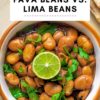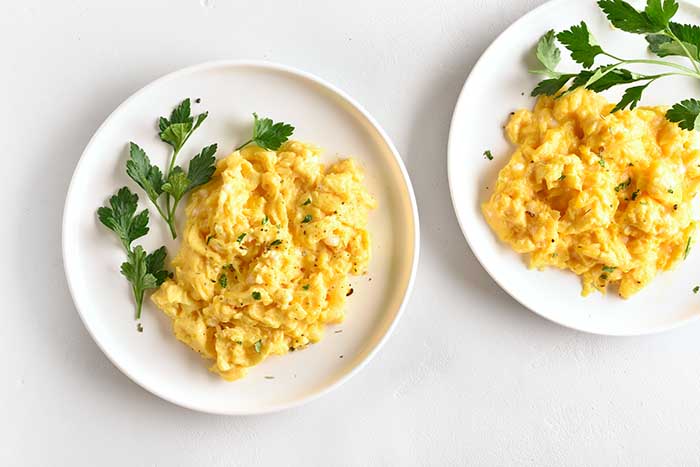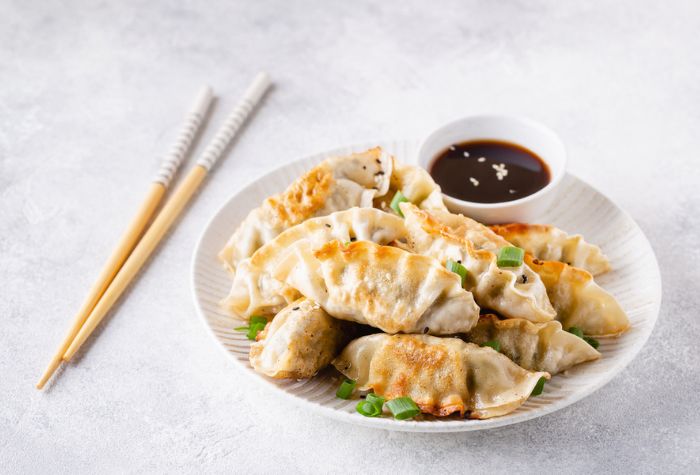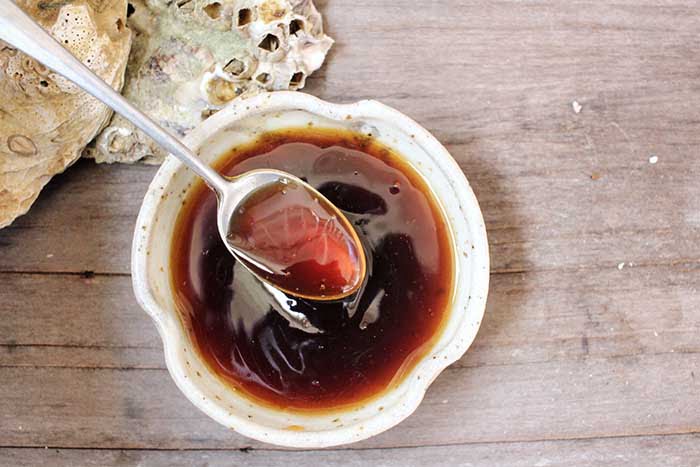Fava beans and lima beans are often mixed up because of their similar appearance and health benefits. But there are more differences between the two than you might think.
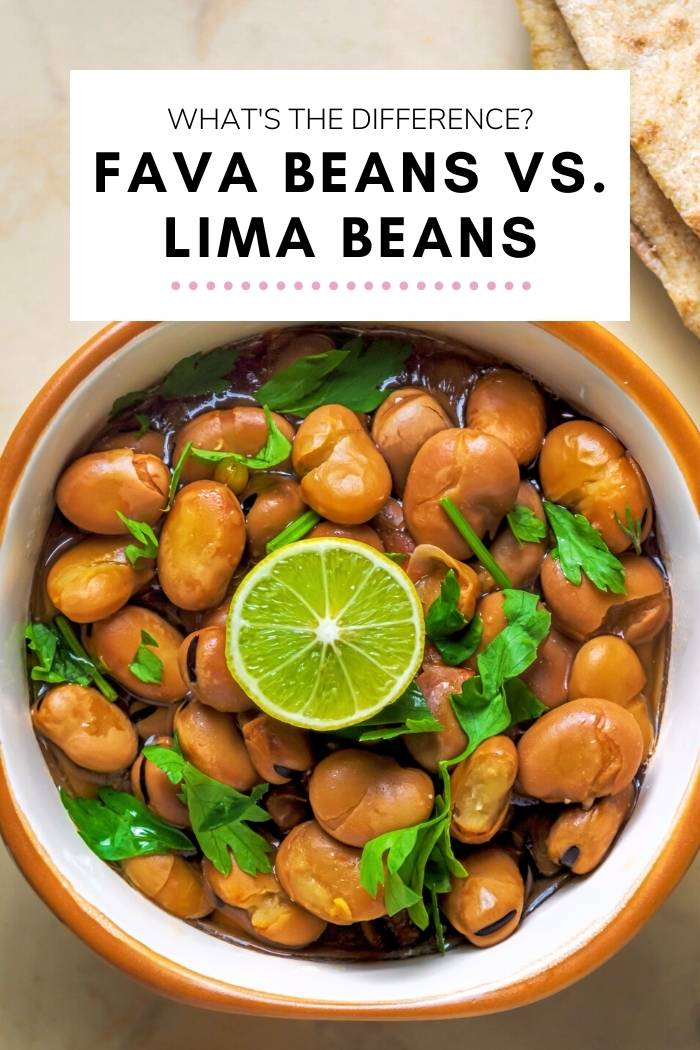
Fava and lima beans are both legumes that are commonly used in the making of diverse recipes. Because they are abundant in protein and fiber, they are both excellent choices for a healthy diet. Discover the differences between fava beans and lima beans.
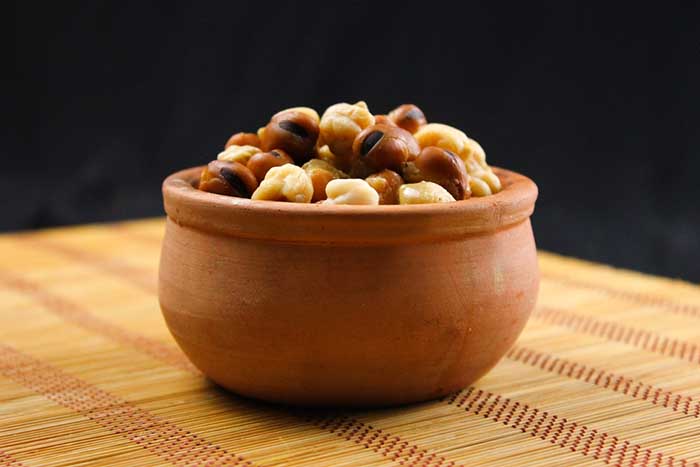
What are Fava Beans?
Fava beans grow on pea flowering plants, and they look a bit like green beans. The beans grow inside green pods and form bumps, outlining the beans. The beans themselves are flat and bright green and housed in the pods. They have tough and clear skin that encases them. In Spanish, they are known as habas or simply broad beans because of their flat shape.
There are different varieties of fava beans. You can buy them fresh, dried, or in the pod. It all depends on where and how you want to use them.
Origin
Fava beans are indigenous to the Mediterranean region. Research shows that they have been a part of middle eastern cuisine since around the 4th century. As such, they are usually available in Mediterranean and Greek markets.
Appearance
They are known as broad beans because of their flat shape. The beans are also oval-shaped. When compared to round beans, they are much smaller.
Texture
The texture of fava beans depends on how they are cooked. However, their surface is generally smooth, silky, and buttery when cooked. They can also be described as starchy and tender, depending on when they were harvested. The bean’s maturity will determine how soft they feel when cooked.
Flavor
Fava beans have an earthy, almost nutty flavor. They are also sweet and have a bit of grass-like bitterness.
Uses
You can eat fava beans in different ways. In most cases, the pod is slit open, and the beans are removed from and cooked—Blanch the individual beans to remove the transparent casing. You can boil, steam, stew, fry, roast, mash or sauteé the beans. The recipe you use will determine whether you use fresh or dried fava beans.
You may sautée fava beans, along with mint, dill, parsley, and salt and black pepper. The beans are parboiled and then fried in butter with this recipe, then garnished with salt and pepper. Another recipe you could try is falafel. For this, you will need to soak the beans in water before blending them alongside the rest of your falafel ingredients. Once this is done, you can spoon the mixture and fry them in oil.
You could also use fava beans to make a pesto that you can serve alongside roast dishes such as rabbit. The earthy, nut-like bitterness will offer a healthy balance to a hot red meat dish.
What are Lima Beans?
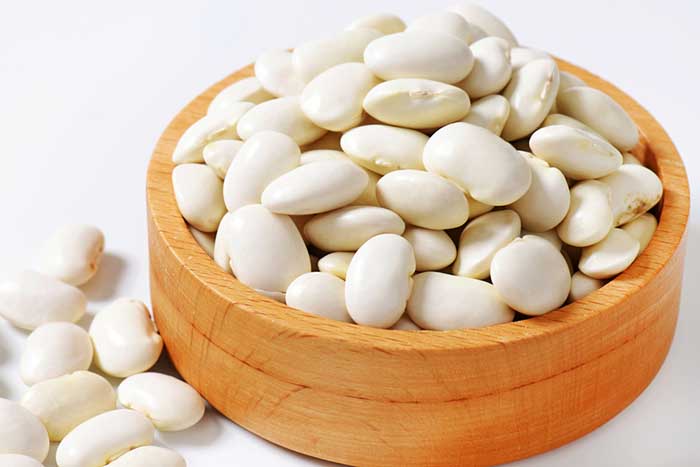
Lima beans are also known as butter beans. They are large and almost white like in color. Some varieties are pale green. Lima beans come in different varieties, and the one you pick depends on the result you want on your plate. They are part of the legume family, so they are often confused with other legume family members, such as fava beans. Generally, legumes are plants with pods and beans, and they are used in various recipes.
They are rich in nutrients and health benefits, making them a firm favorite in various recipes seeking such benefits. Even though they do not grow all year round or may not be universally available, they can be frozen and shipped globally. They can also be dried and cooked as dried beans.
Origin
Lima beans are native to Lima in Peru. And that is the place that they are named after. The Moche civilization used lima beans in their cuisine as early as 800 BCE.
Appearance
They look relatively flat, especially in comparison to round beans. They can either be pale green or creamy white. They grow in a green pod and to get to the beans inside. The pods are usually about 3 or 4 inches long.
Texture
Lima beans are soft, creamy, and tender. The starch in the cooked dried beans is what turns out creamy and velvet-like. The texture can also be described as buttery. The final texture is determined by how long you soak and boil them. The less time they spend in the water, the firmer they will be.
Flavor
The flavor of lima beans is quite starchy, sweet, nutty, and almost potato-like. They don’t taste like other beans as you would expect them to. They have a unique way of holding flavor in a dish when added to a recipe. They taste smooth and buttery. It is important to note that fresh or dried lima beans will taste better than the canned version.
Uses
You can use lima beans to make lemon garlic lima beans. Or you can have them alongside rice, with a dinner roll, or any other starch of your choice, along with seasoning to your liking. You can also sautée them or stew them and make a lima bean curry.
Fava Beans vs. Lima Beans: What Are the Differences?
One of the differences between the two is that fava beans originated long before lima beans. Also, fava beans are a brighter green, and they are also larger than lima beans. The seed in lima beans is often positioned in the middle, while the seed is set towards the corner in fava beans.
When it comes to texture, lima beans have a firmer texture than lima beans. Also, lima beans are starchier than fava beans. Fava beans have a more bitter taste when compared to lima beans, and they tend to overpower the dish if you are not careful about how you balance the flavors.
Lima Bean Substitutes
In place of lima beans, you can use red kidney beans or fava beans. Equal amounts will work, as long as you make sure to balance the flavors, considering that fava beans are bitter.
Fava Bean Substitutes
You may use fresh green peas in place of fava beans. For stewing recipes, you can use kidney beans or canned cannellini. This is if you do not want to use lima beans.
